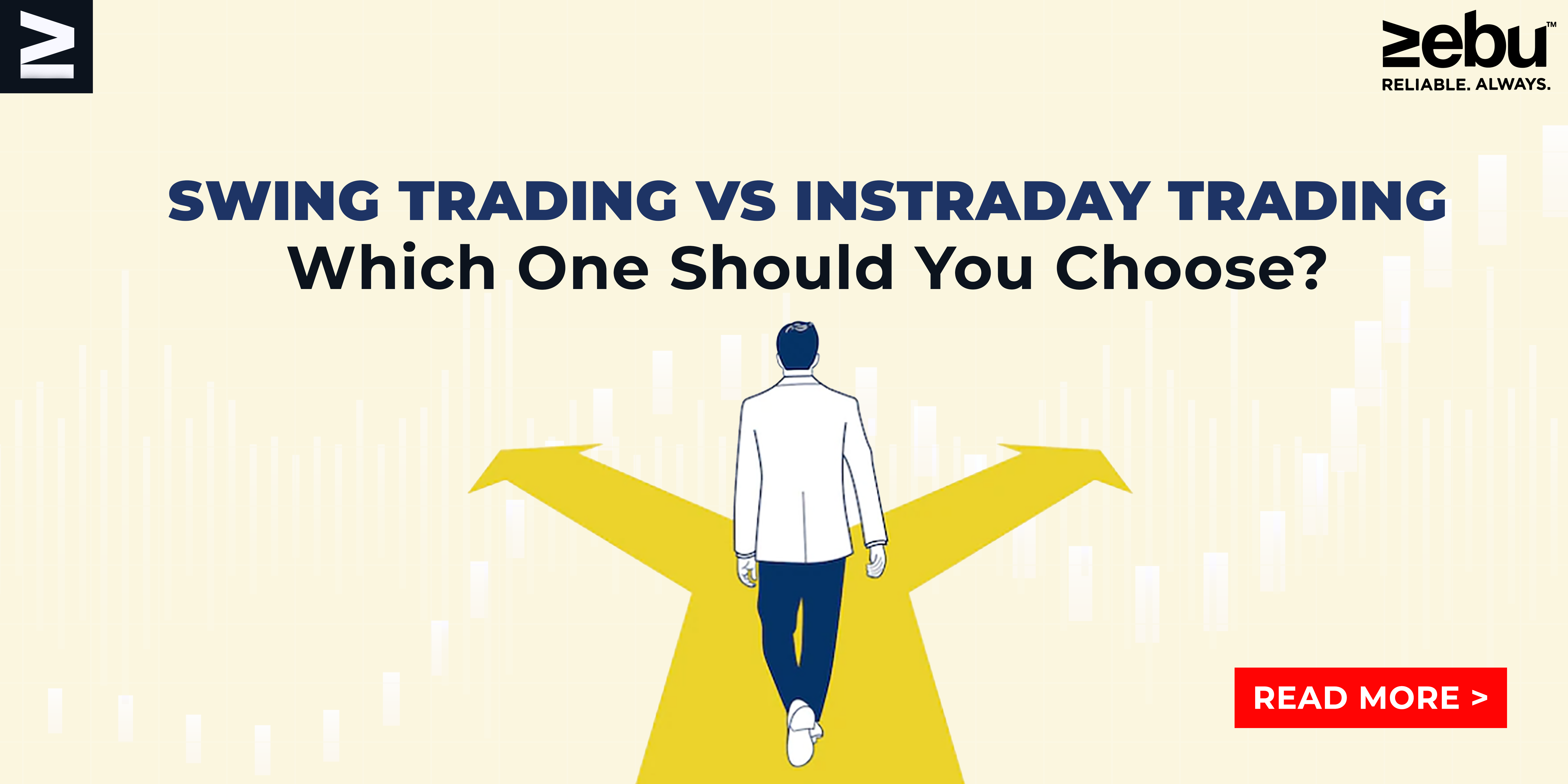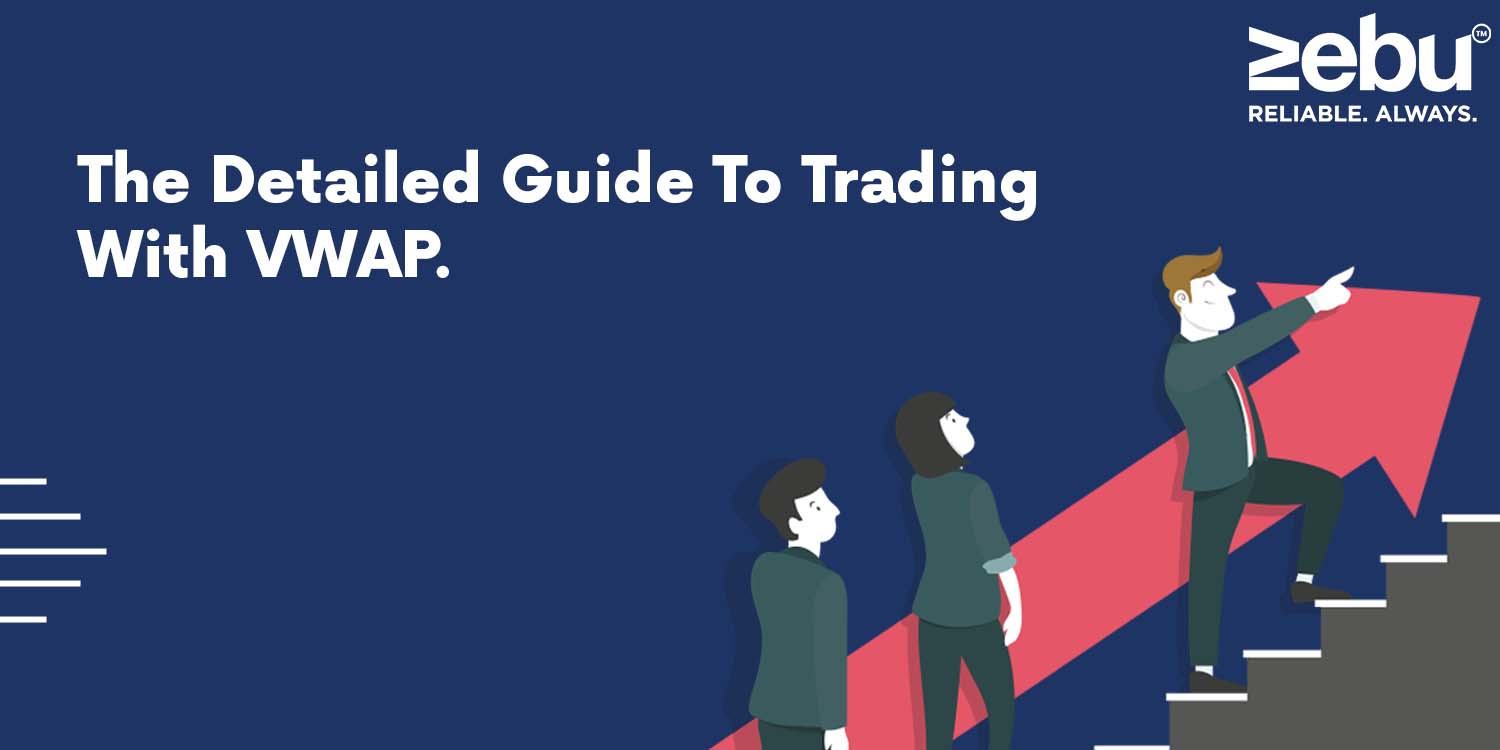
Let’s start by understanding the different ways of trading. The main differences between the two ways of trading are investment, commitment, and time. Traders choose different trading strategies based on time, money, and psychological factors.
Intraday Trading
The Financial Regulatory Authority (FINRA) says that day traders are people who do many “round trips,” at least four of which happen every five days. Day trading might be the most common way to trade. Most traders are day traders, which means they make money from the price changes on the market during the day. All-day trading takes place in a single day, as the name suggests. Traders open a number of positions during trading hours, which they all close before the end of the day.
Day traders use technical analysis and tools to get real-time updates. They often trade full-time and keep a close eye on the market for business opportunities. At least in terms of percentages, day trading gives people with small trading accounts more chances to make money. They don’t try to make a lot of money from one trade. Instead, they should do a number of transactions to make enough money.
In the end, day trading is a type of high-frequency trading that involves small amounts and always buys stocks for less than what they sell for.
Swing Trading
The main difference between day trading and swing trading is the length of time. During a swing trade, days or weeks can go by. Swing traders don’t make a trade until they see a pattern. They don’t trade full-time, but they use both fundamental and technical research to spot trends as they happen and trade in line with them. They would look for stocks that could make them the most money quickly. There is more risk, but there is also more chance of making money.
Differences between day trading and swing trading that are important to know
Swing trading and day trading are both types of trading, but they are not the same. Here are some of the most important differences between the two ways of trading.
• Day traders buy and sell a lot of different stocks in the same day. Swing traders buy and sell a number of stocks over a longer time period (usually between two days to several weeks). So that they have a better chance of making money, they look for a pattern of trends.
• Day traders will close out all of their positions before the closing bell rings. Swing traders would hold their position for at least one night before settling it the next day.
• Swing traders only work for a few hours each day. They don’t spend the whole day tied to their computers. Day trading takes a lot of time and commitment.
• Day traders make a lot of trades every day, which increases their odds of making money. Gains and losses, on the other hand, are smaller. Swing trading has fewer wins and losses, but they are often bigger.
• Day traders need the newest hardware and software. Day traders must have extremely rapid trigger fingers. You don’t need complicated or cutting-edge software to do swing trading.
A trader’s main goal is to make as much money as possible. So, between swing trading and day trading, which is better?
Even though both ways of trading have many pros, you should be aware of their cons before choosing one. The list that follows goes over the pros and cons of each one.
• Swing trading needs less attention because it takes place over a longer period of time. Day trading, on the other hand, requires regular market watching and quick decisions.
• Day traders try to make as many trades as possible to make the most money in a single day, while swing traders try to make a big profit.
• Swing traders take on more risk when they leave their position open overnight. On the other hand, day traders close their trades at the end of the day. So, there is no longer any risk.
• Swing traders wait until a deal has been going on for a while before using that time to watch how the market moves. It helps make things safer. Day trading is easier for most traders to do because it needs less capital than swing trading. Day traders have to make trades quickly because one loss could wipe out their whole day’s profit.


